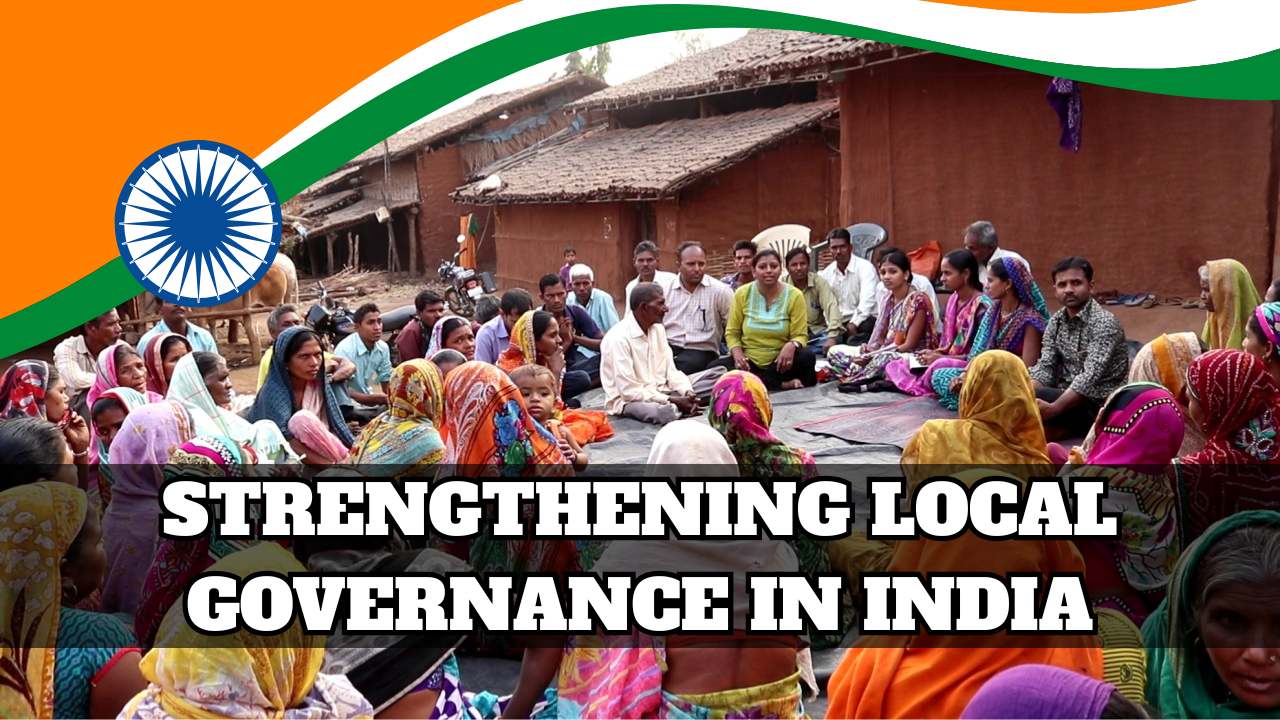Rural India’s health infrastructure suffers from many obstacles, with manpower, equipment, and facility shortages being the main issues. Even with advancements in the growth of medical institutions, rural communities still face barriers to accessing high-quality healthcare. There are currently 5,480 community health centres, 24,935 primary health centres, and more than 157,000 sub-centres spread throughout India, although their distribution is still not uniform. The World Health Organisation recommends a doctor-to-patient ratio of 1:1000; however, in rural India, the number is roughly 1:10,926. In an effort to close these gaps, the government launched initiatives like Ayushman Bharat and the National Rural Health Mission, which prioritise expanding access to reasonably priced healthcare, enhancing maternal and child health, and fortifying rural health infrastructure. The article will provide all information about the Health Infrastructure in Rural India.
Health Infrastructure in Rural India
Significant obstacles confront India’s rural health infrastructure, with manpower, equipment, and facility shortages being the main issues. Access to high-quality healthcare remains a challenge in rural areas, even with advancements in the expansion of healthcare institutions. Presently, India has 5,480 community health centres, 24,935 primary health centres, and more than 157,000 sub-centres, although their distribution is still unequal. Rural India has a doctor-to-patient ratio of roughly 1:10,926, which is significantly less than the 1:1000 ratio advised by the WHO. Programs like Ayushman Bharat and the National Rural Health Mission were launched by the government to close these gaps. They emphasise expanding access to reasonably priced healthcare, enhancing maternal and child health, and fortifying rural health infrastructure. Additionally, efforts are being made to close the healthcare gap in rural areas through telemedicine and digital health solutions.

What are the Gaps in Health Infrastructure in Rural India?
Health infrastructure in rural India faces significant gaps, including:
- Inadequate Facilities: Rural areas lack sufficient primary health centres, community health centres, and hospitals, resulting in limited access to healthcare services.
- Shortage of Healthcare Professionals: Rural areas face a severe shortage of doctors, nurses, and paramedical staff, with many healthcare workers preferring to work in urban areas.
- Insufficient Medical Equipment and Supplies: Rural healthcare facilities often lack essential medical equipment, diagnostic facilities, and medicines, hindering effective care.
- Poor Transportation and Connectivity: Inadequate roads and public transportation make it difficult for rural residents to access healthcare facilities, especially in emergencies.
How to Address the Gaps in Rural Indian Health Infrastructure?
To address these gaps, the Indian government has implemented several strategies:
- National Rural Health Mission (NRHM): Aims to strengthen rural healthcare infrastructure, provide training to healthcare workers, and improve access to essential medications.
- Ayushman Bharat: A health insurance scheme providing coverage up to ₹5 lakhs per family annually for secondary and tertiary care hospitalisation, benefiting over 100 million vulnerable families.
- Digital Health Initiatives: Telemedicine and mobile health clinics are being used to bridge the healthcare gap in rural areas, providing virtual consultations and medical care.
- Public-Private Partnerships: Collaborations with private healthcare organisations can bring expertise, resources, and innovation to rural healthcare, improving service quality and infrastructure.
- Capacity Building: Training local healthcare workers, like ASHAs, to provide primary care and health education in their communities.
What are the Strategies of Health Infrastructure in Rural India?
The strategies for improving health infrastructure in rural India:
- Strengthening Primary Healthcare Centers: Upgrading and staffing primary health centers and sub-centers to provide essential healthcare services, including maternal and child health, immunization, and emergency care.
- Telemedicine and Digital Health: Implementing telemedicine services and digital health platforms to connect rural patients with urban healthcare specialists, improving access to specialist care and reducing referrals.
- Training and Capacity Building: Training local healthcare workers, such as ASHAs and ANMs, to provide primary care, health education, and community outreach services in rural areas.
- Public-Private Partnerships: Collaborating with private healthcare providers and organizations to supplement government healthcare services, improve infrastructure, and increase access to quality healthcare in rural areas.
- Ayushman Bharat and Health Insurance: Implementing health insurance schemes like Ayushman Bharat to reduce out-of-pocket expenses and increase access to affordable healthcare services for rural populations.
FAQS On Health Infrastructure in Rural India
What is the current state of healthcare infrastructure in rural India?
Rural India faces significant challenges in healthcare infrastructure, including a shortage of doctors, nurses, and paramedical staff. There’s a shortage of 83.2% of surgeons, 74.2% of obstetricians and gynecologists, and 79.1% of physicians.
How many primary health centers are there in rural India?
As of 2022, there were 24,935 PHCs in rural areas, with some states showing an increase in numbers, while others face infrastructure gaps.
What is the doctor-patient ratio in rural India?
The doctor-patient ratio in rural India is approximately 1:1456, far below the WHO-recommended ratio of 1:1000.






